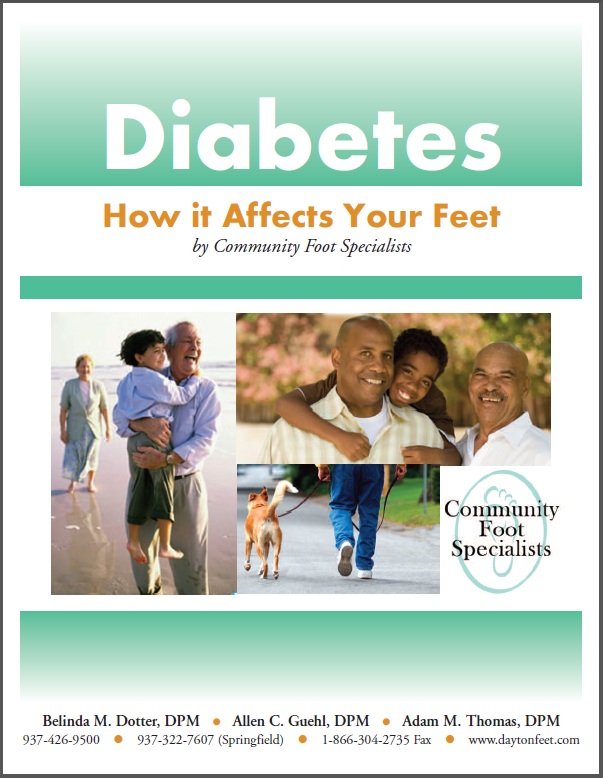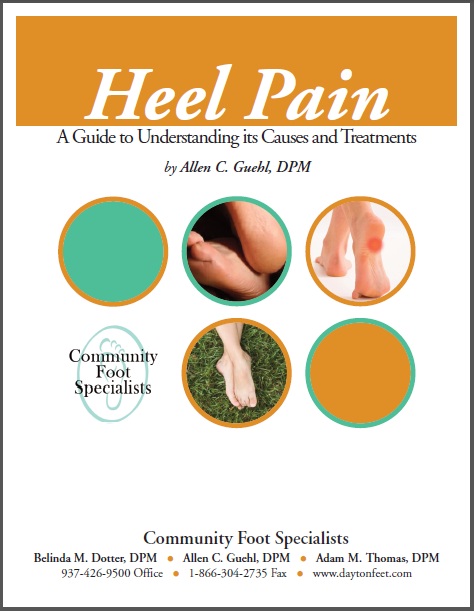Blisters of the Foot and Ankle
Blisters of the foot are the result of friction. Heat, dirt and moisture are all factors that can add to the friction that your skin experiences. So, prevention and treatments are aimed at limiting these three root causes. When your skin is rubbing excessively with your shoes or clothing, the outer layer of skin separates from the inner layers and fills with a fluid. The fluid can be clear (usually lymph fluid) or bloody (aka a "blood blister") which denotes that the injury was a little more severe involving destruction of capillaries in the lower skin layers. You should also be aware if their is an odor as this could indicate an infection which would require you to see a podiatrist.
Blister Prevention:
- Wear proper fitting shoes that are well broke in, especially if performing vigorous activities.
- Keep feet dry. Wet shoes and socks will increase friction and rate of blister formation.
- Change socks regularly, and check for holes or seams, and use foot powder to keep them dry.
- If you know that you are going to be in situation that will entail a lot of friction, you can apply tape or other product to the area of your feet that is most susceptible. The blister forming is the body's defense to the friction, so adding tape to the area just helps your body in its protection.
Blister Treatment: Should it be drained?
When not to drain:
- If there is no pain
- If it is filled with blood
- You are diabetic or have PVD
When to drain and how:
- If the blister has not burst, and it is painful on a weightbearing area then I would recommend to drain it
- You should use a sterilized needle with just a small puncture to the base of the blister. Try to leave as much of the skin as possible as it is a protective layer. Area should be cleaned and a layer of tape applied if activity is resuming.
- If you believe infection is present or they continue to occur, you should see your podiatrist.



















